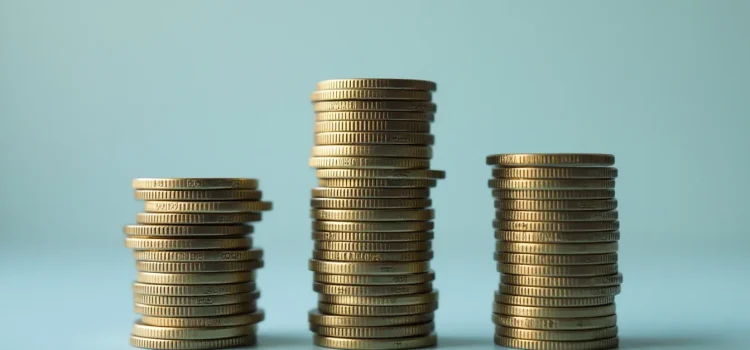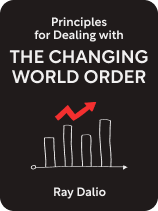

This article is an excerpt from the Shortform book guide to "Principles for Dealing with the Changing World Order" by Ray Dalio. Shortform has the world's best summaries and analyses of books you should be reading.
Like this article? Sign up for a free trial here.
Does the global economy follow a predictable pattern? Can understanding economic cycles help you make better financial decisions?
According to Ray Dalio, economic cycles are natural. In his book Principles for Dealing With the Changing World Order, he explores the rhythm of debt and credit use and explains how these patterns have shaped major powers throughout history.
Continue reading for Dalio’s fascinating perspective on how economies ebb and flow over time.
Ray Dalio on Economic Cycles
According to Ray Dalio, economic cycles are simply part of how the world works. He explains that all economies go through debt cycles that typically last around 50 to 75 years. In other words, an economy cycles through phases of increased debt and credit use, or leverage, and phases of lessened debt and credit use, or deleveraging. Expansion and contraction are both natural and inevitable: Major powers go through periods of prosperity and periods of austerity, and this reflects in their economy. Debt and credit enable wealth building and prosperity, but, because people tend to overextend financially, contraction always follows expansion.
For instance, recall how, in 2008, the US housing market ballooned during a period of seeming prosperity—banks handed out big loans left and right. But, when the bubble burst and many borrowers couldn’t pay off their debts (not to mention that many of the loans were predatory) a number of major banks ended up defaulting and needing bailouts from the US Federal Reserve.
(Shortform note: While cycles of contraction and expansion may be natural, G. Edward Griffin argues in The Creature From Jekyll Island that the US Federal Reserve artificially amplifies these cycles by allowing fractional lending. Fractional lending is a banking practice wherein banks can lend out 10 dollars on every one they keep in reserve. Griffin argues that this worsens economic cycles because it allows for exponential increases and decreases of the money supply. In other words, it makes the economic rollercoaster much steeper.)
According to Dalio, this oscillation between expansion and contraction of an economy is a natural feature of economic systems and has occurred throughout history. He explains that the most recent cycle began in 1945, when the US-led world order took over after WWII. A major power often experiences several of these economic cycles before a final, major downturn contributes to its demise.
(Shortform note: According to Dalio’s timings, the most recent debt cycle in the US should have begun in the late 1990s or mid 2010s. Back in 1997, two experts argued that the US was in fact in the midst of a major economic boom that would continue rising into the 2020s, around the midpoint of what would be the current cycle, using Dalio’s timings. Today, we’d be in around that midpoint, and debt does appear to be on the rise, as the cycle would suggest.)
Debt & Economic Cycles of the US & China
Dalio says the US Dollar is in decline as a reserve currency, as the US is late in its cycle as a major power. High US debt will likely lead to the dollar weakening, whereas China has moderate debt and the renminbi (China’s currency) is on the rise.
(Shortform note: While China’s economy is large, powerful, and growing, the renminbi does not yet have a strong position as a reserve currency. As of 2024, the Euro, British pound, and Japanese yen all trail the dollar yet surpass the renminbi in average international usage.)

———End of Preview———
Like what you just read? Read the rest of the world's best book summary and analysis of Ray Dalio's "Principles for Dealing with the Changing World Order" at Shortform.
Here's what you'll find in our full Principles for Dealing with the Changing World Order summary:
- How to use patterns in world history to make better decisions today
- What may happen in the near future for the United States and China
- Why humans are stuck in a competition for wealth and power






